If you’ve got an eye for beautiful flowers, you’ve no doubt noticed that the well-loved daisy has a striking resemblance to her “weed” cousin, the aster. So what is the difference, and who much does it matter for lawn lovers who wish for a lovely landscape without intrusive species?
The predominant plants found in the autumn garden belong to the family Asteraceae. The family consists of over 32,000 plant species. It is also known as the daisy family. Surprise- asters really are in the daisy family!
The flower structure of these plants is compressed and complicated. Interestingly, these bitter plants are edible and have milky juice. The seeds of the plants are sown in spring and sprout out during the initial days of autumn.
A typical flower of the family features a central disk around which elongated petals are present. These petals come in a variety of colors. Daisies and asters are the commonly found plants of this genus. These terms are used interchangeably; however, both have slight differences. These plants are susceptible to pests and weeds; therefore care is required during the harsh seasons.
Daisies
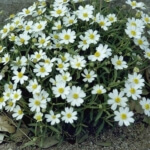
Daisy is the archetypal flower of the family. Commonly found in the European region, this plant blooms in the late summer. Daisies are annual plants, but a few rare species are perennial.
The daisy flower head consists of white petals. These emerge from a dull yellow central disk. Wild species of the plant are also found in North American regions. The plant has also shown survival tendencies in Asia. They reproduce sexually through pollination.
Looking to grow your garden? Ryno Lawn Care’s Flowerbed Landscaping Services are just what you need to brighten up your landscape!
 Asters
Asters
These are the perennial plants of the Asteraceae family. They commonly spread across Eurasia. These plants have thin, long petals that protrude out of a central disk. In fact, fall asters are rather popular in Texas.
The petals usually have purple color while the disks are yellow. Some flowers also have vibrant shades of pink and blue. The plant also holds medicinal importance and provides relief from certain respiratory disorders such as allergies and asthma.
The appropriate pruning season for asters is during the initial days of winter at the first frost. The bright colors of aster flowers are an excellent source of attracting the pollinators such as bees. Therefore, these plants have a high population during the prime seasons of their growth.
The truth is, the main reason asters are considered weeds in some regions is because they are avid growers. That doesn’t mean they’re necessarily harmful or intrusive. These verdant perinneals simply have different growth and propagation patterns than their annual-blooming cousin, the proper daisy.
If you’ve found that an outcropping of asters has become a bit more strident than your liking, then Wild Aster Control: How to Get Rid Of may be of some use!
Asters VS Daisies
The primary difference between the two is in their visual appearance. Daisies are usually white with a larger central disk. Asters, however, have purple or pink petals with a smaller disk. Moreover, the aster colonies are usually heavy and occupy a certain region, whereas daisies are found in clusters in particular regions. Some of the daisies are annual, while all the asters are perennials.
Conclusion
The plants of the Asteraceae family are found in both summer and fall gardens. These flowers utilize compost or manure of rotten substances. These plants require adequate nutrition supply before the peak winter and fall.
Furthermore, be sure to utilize techniques for weed control as these plant species are easy targets from them. These measures are necessary to ensure plant survival and guarantee their regrowth during the next season.

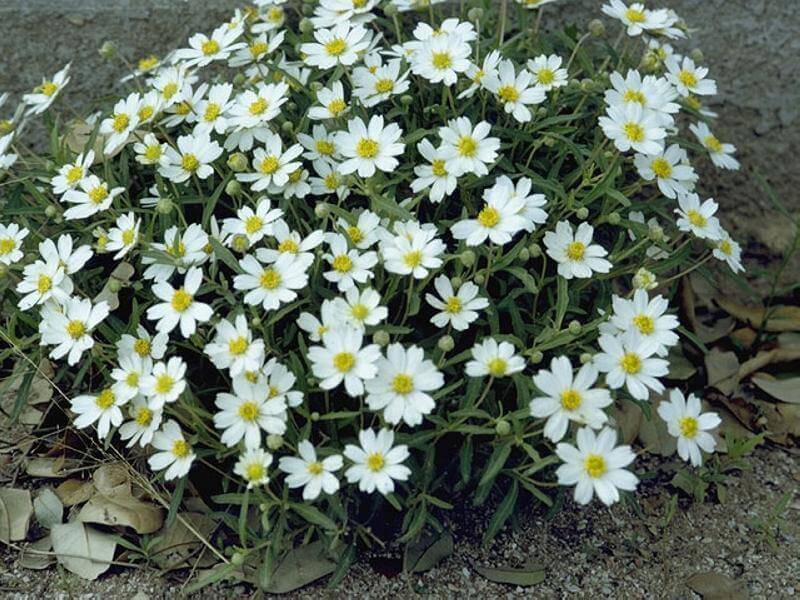
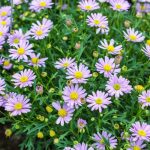 Asters
Asters
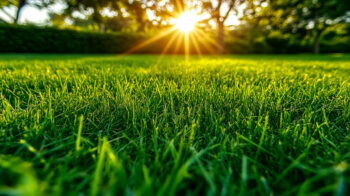
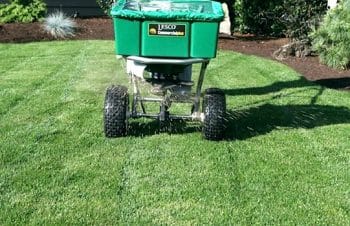
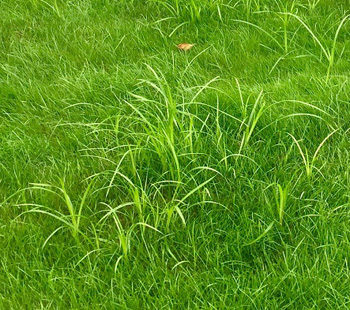
One Response
excellent advice and information now I know which is which thankyou so much